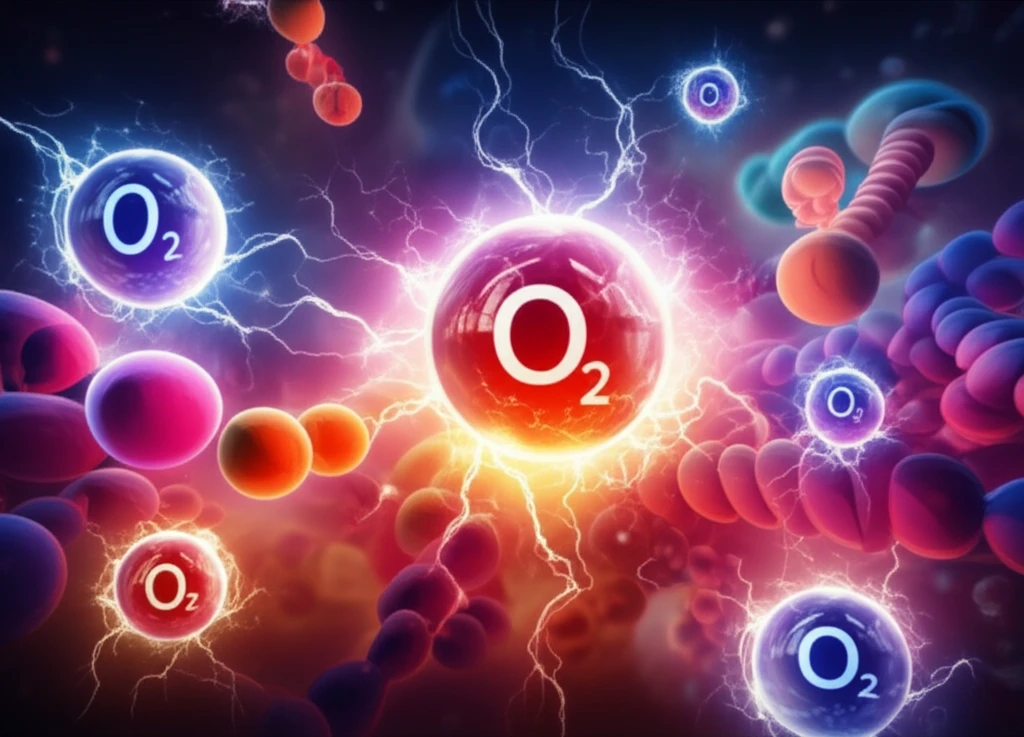
Unlocking the Secrets of Ozone and Fatty Acids: What You Need to Know
"A Deep Dive into How Ozone Interacts with Fatty Acids and Why It Matters for Your Health"
Ozone, a powerful molecule, plays a significant role in our environment and even within our bodies. While it's known for its protective role in the atmosphere, ozone also interacts with various organic substances, including the fatty acids that are crucial for our health. Understanding these interactions is key to unlocking a deeper understanding of biological processes and potential health impacts.
Fatty acids, the building blocks of fats, are essential components of cell membranes and play vital roles in energy storage, hormone production, and overall cellular function. The way ozone interacts with these fatty acids can significantly influence their structure and function, leading to a cascade of effects within the body.
Recent research has shed light on the specific ways ozone reacts with different types of fatty acids, revealing how factors like the structure and saturation of these acids influence these reactions. This knowledge opens new avenues for exploring the role of ozone in both health and disease.
Ozone and Fatty Acids: A Molecular Dance

At the heart of this interaction lies a process called ozonolysis. This chemical reaction involves ozone molecules attaching to the double bonds found in unsaturated fatty acids. These double bonds, which distinguish unsaturated fats from saturated ones, are particularly vulnerable to ozone's reactivity. When ozone attacks these bonds, it causes them to break, leading to the formation of new compounds called ozonides.
- Double Bonds are Key: Unsaturated fatty acids with their double bonds are the primary targets for ozone.
- Ozonolysis: Ozone molecules attach and break these double bonds, forming ozonides.
- Chain Reaction: Ozonides decompose, creating free radicals and carbonyl compounds.
- Impact on Lipids: These reactions can modify cell membranes and disrupt lipid metabolism.
The Future of Ozone-Fatty Acid Research
Understanding how ozone interacts with fatty acids is not just an academic exercise; it has real-world implications for our health. Further research is needed to fully elucidate the complex mechanisms involved and to explore the potential therapeutic applications of ozone in various conditions. By continuing to unravel the secrets of this molecular dance, we can potentially unlock new strategies for promoting health and preventing disease. The interactions of ozone and fatty acids have a long history of research and future discoveries will continue to add new chapters to our understanding of the process.
